DIY Methods To Treat Fungal Infections
Last updated on - Jan 30, 2020, 16:24 ISTShare fbsharetwsharepinshare
01/13These DIY methods are highly effective in treating fungal infections


Fungal infections are gross, but with more than a billion people affected by it at a time, they are extremely common. So if you notice a white patch between your toes or your fingers, you should get it checked, instead of being embarrassed about it. Although fungal infections aren't the most serious issue, if you leave them unattended they can actually become fatal. So, if you want to avoid such a situation, we suggest you opt for some natural remedies to help take care of the problem.
02/13Boric acid


Boric acid capsules are often used to treat vaginal infections and can also be used to treat fungal infections because they fight against yeast. Some researchers have also stated that one could topically apply boric acid along with the antifungal flucytosine to get rid of infections.
03/13Oregano oil

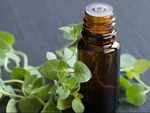
Oregano oil made from wild oregano, origanum vulgare which contains two very strong antifungals - thymol and carvacrol. You could add a few drops of oregano oil to a few drops of almond oil or coconut oil and then apply it to the infection.
04/13Lemon


Lemon could be used to treat fungal scalp infection as it contains antimicrobial properties. To make this remedy, mix a teaspoon of lemon juice with water. Massage the mixture well into your scalp and leave it on for 15 minutes before washing it off with a mild shampoo.
Picture Courtesy: Google Images
05/13Neem leaf


Neem leaf extract may help to get rid of pathogens and dermophytes from your skin. To make an antifungal remedy with this ingredient, you will need to boil a few neem leaves. Allow the water to call before you wash the affected area with it. While neem has powerful properties to tackle this issue, you should avoid using it if it causes skin irritation.
Picture Courtesy: Google Images
06/13Turmeric

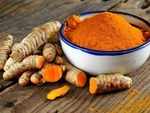
Turmeric has been used for thousands of years to treat a host of health issues. It contains curcumin, which has been found to have anti-microbial and anti-inflammatory properties. To treat a fungal infection with it, mix some turmeric powder with coconut oil and apply the mixture on the infected area. Leave it on for a while before washing it off with water.
Picture Courtesy: Google Images
07/13Tea tree oil

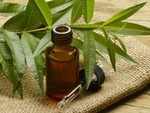
Tea tree oil is famous for its antifungal properties which is also why it can easily kill a range of yeasts and fungi. However, you must remember that tea tree oil cannot be used on its own and that it needs to be added to a carrier oil like coconut oil in the ratio of a few drops of tea tree oil to one ounce of coconut oil.
08/13Yoghurt

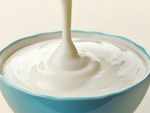
Of course, we mean natural unsweetened yoghurt and not the ones that are infused with artificial flavours. All you need to do is scoop up some yoghurt and apply it to the area where you have the infection and then leave it on for a few hours before washing it off.
09/13Oregano Oil

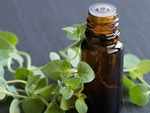
Oregano oil contains two potent antifungals: thymol and carvacrol. Mix 3-5 drops of oregano oil with 1 ounce of sweet almond oil, warmed coconut oil, or olive oil. Apply this mixture to irritated skin for best results.
10/13Coconut Oil

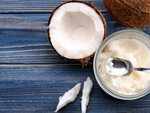
You will need 1-2 teaspoons of organic coconut oil. Apply coconut oil to the affected area. Leave it on for 30-40 minutes. You could either rinse it off or let it dry on its own. Coconut oil is antifungal and can help treat fungal infections, especially the ones caused by Candida



